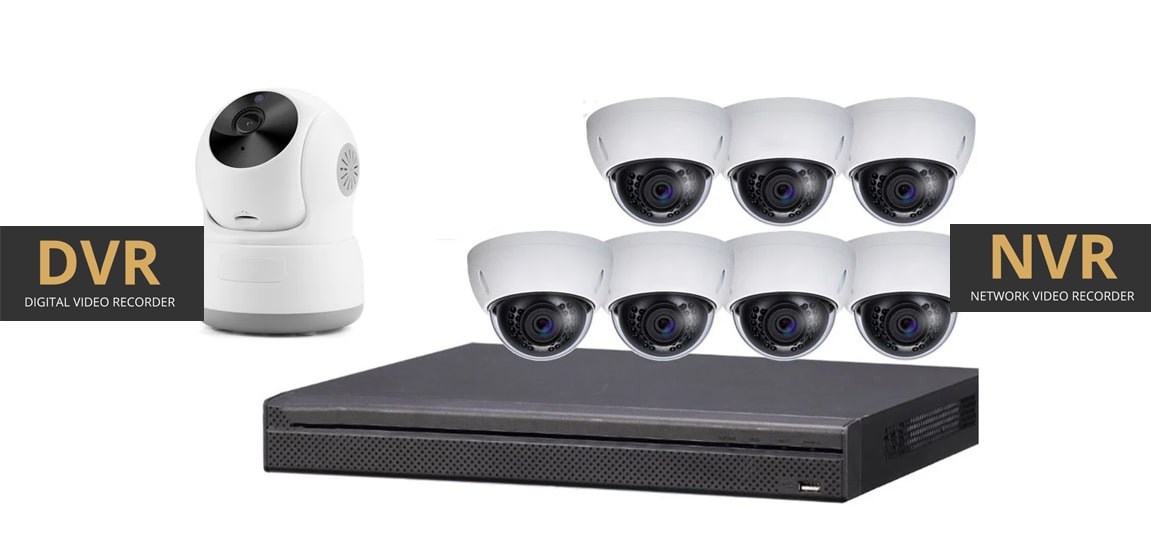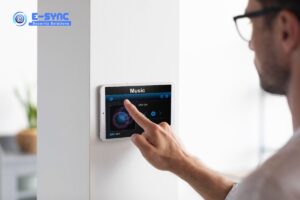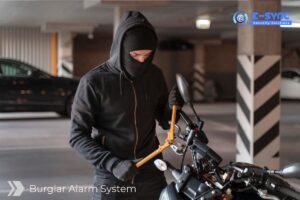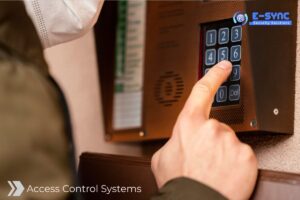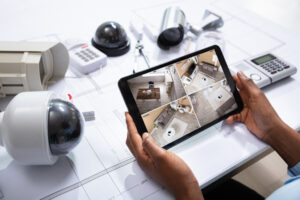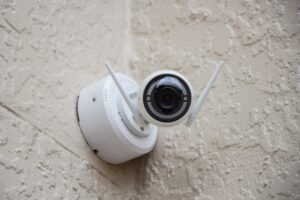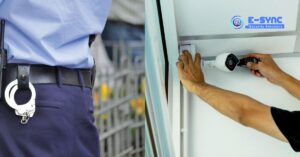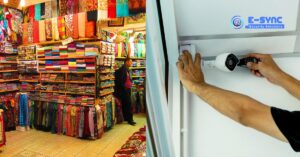According to our tests, these are the finest interior home security cameras.
One of the most appealing features of a smart home is the ability to monitor activity even when you are not there. A home security camera is a wonderful tool for keeping an eye on things from afar, whether you’re looking in on your kids, pets, or exotic gem collection.
Indoor security cameras let you watch what’s going on in your house through live or recorded video, but their capabilities vary by device. However, not every camera is the same. Some feature alarms or can give you alerts when they detect activity, others have two-way audio, some are designed to keep an eye on your infant, and some can even serve as full-fledged home automation hubs.
Over the past several years, we’ve evaluated a large number of home security cameras and know what to look for. You may, for example, want a camera that is easy to set up and use. In addition, one of the first things we notice is a pleasing—yet unobtrusive—design. It’s critical that the camera seems to be something you’d want in your house, but depending on your requirements, you may not want it to be too noticeable.
Support for devices is also important. You may check in using an app on your phone or a web browser using our preferred cameras. Additional features differ per camera, but each of our top choices has just enough diversity to stand out from the crowd. Keep in mind that these cameras are intended to assist you in keeping track of what’s going on inside your home. Check out our recommendations for the Best Outdoor Home Security Cameras and Best Video Doorbells to get a glimpse of what’s going on outside.
Which security camera captures the clearest images?
Despite the fact that 1080p is the most common resolution for cameras we’ve examined, higher-resolution sensors provide advantages. Almost all home security cameras feature digital zoom, which crops and enlarges whatever the camera is capturing. The more megapixels a camera sensor has, the more digital zooming you can do without losing clarity.
Think about the field of vision in addition to the resolution. Wide-angle lenses are included in all security cameras, but not all angles are made equal. It can see between 100 and 180 degrees, depending on the lens’ field of vision. In terms of the camera’s viewing cone, that’s a substantial difference. If you want to keep an eye on a broad region, a camera with a wide field of view is a good option. The camera’s ability to pan and tilt mechanically is also a huge plus.
What Is the Relationship Between Security Cameras?
Wi-Fi is used by the majority of security cameras, although not all of them do. Some include Bluetooth for local management and setup through your smartphone, while others use home automation networking protocols like Zigbee or Z-Wave to communicate with other devices. To connect most cameras to your home network, you just need to follow steps on an app.
You’ll very likely be able to use your smartphone or tablet to control your camera once it’s linked. The overwhelming majority of today’s home security cameras come with smartphone applications, and many of them are designed completely around them. Some also include online interfaces, allowing you to view your videos and alerts from any location.
Voice controls through Amazon Alexa and/or Google Assistant are available on many modern cameras. You may ask Alexa to show a live video stream from your camera on your Echo Show, for example. IFTTT is also supported by a variety of cameras, allowing you to build applets to connect the camera to other compatible devices. When the camera detects motion, for example, a smart light bulb may come on.
Is It Necessary to Store Your Files on the Cloud?
Your camera’s recorded videos are unlikely to be stored on the device. To store and provide remote access to video, most home security cameras utilise cloud services. Some versions include microSD card ports so you can physically remove the video to examine it, although this is an uncommon feature.
Even for the same camera, keep in mind that not all cloud services are similar. Your home security camera will save varying quantities of video for varying periods of time, depending on the manufacturer. Although some cameras provide free cloud storage to various degrees, this service is usually a paid membership on top of the camera’s purchase price. Typically, cloud storage services come in tiers, with options for storing video for a week, a month, or longer.
Face Detection: What Is It?
When they detect any kind of activity, most security cameras simply give you a message. Others may be able to figure out who (or what) is creating the uproar. Face-recognition technology is available, for example, on the Nest Cam IQ. It zooms in on individuals who enter the field of vision automatically and sends out notifications when a face is identified (it also tells you when an unrecognised face is spotted). This technique reduces the number of notifications that are unnecessary.
When it comes to security cameras, how much should you spend?
Many of the top-rated home security cameras on the market, as you can see from our choices, cost about Rs: 15000, and some of them charge an extra fee to keep recorded footage in the cloud. In our evaluations, we lay out any additional costs, so take a look at them all to see which one best suits your needs. The good news is that prices are dropping, and a decent model can now be had for around Rs 2500! On the other hand, you can’t put a price on happiness.
Contact us for the Best Smart Home Security Systems if you require more than a single linked camera can provide.

